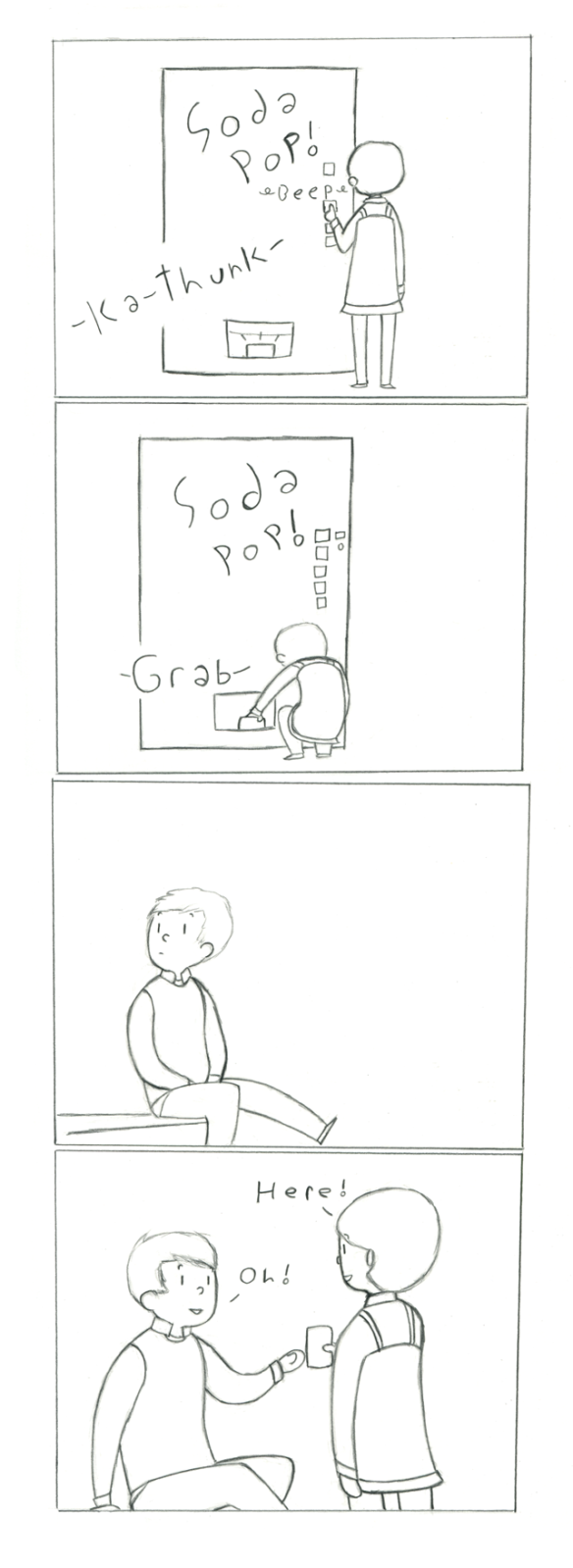To Do This Week
watch (explore and then find two to watch more attentively):
Meshes of the Afternoon – Maya Deren (1943)
Small Deaths, Lynne Ramsay
She and Her Cat, by Makoto Shinkai
160 Characters, by Victoria Mapplebeck
blog prompt:
The above award-winning short films do not follow the Aristotelian plot structure. That is, they are stories that do not develop around a single, clear central conflict. How do they work? Where is the conflict or strife? What do their worlds evoke for you? Can you detect narrative patterns or structures?
Choose one or two of the videos to discuss in a blog post.
Notes
Review:
Fargo – event, reactions
character and plot
Story of an Hour – modern + classical, where is the conflict? Internal/subjective?
Event + Reaction (conflict) + Twist + Resolution
Discuss short films…
The Golden Key
by Jacob and Wilhelm Grimm
Once in the wintertime when the snow was very deep, a poor boy had to go out and fetch wood on a sled. After he had gathered it together and loaded it, he did not want to go straight home, because he was so frozen, but instead to make a fire and warm himself a little first. So he scraped the snow away, and while he was thus clearing the ground he found a small golden key. Now he believed that where there was a key, there must also be a lock, so he dug in the ground and found a little iron chest. “If only the key fits!” he thought. “Certainly there are valuable things in the chest.” He looked, but there was no keyhole. Finally he found one, but it was so small that it could scarcely be seen. He tried the key, and fortunately it fit. Then he turned it once. He turned twice. And another time and now we must wait until he has finished unlocking it and has opened the lid. Then we shall find out what kind of wonderful things there were in the little chest.
Non-Western Narrative Traditions –
Slide Presentation
- Non-Western (non-Aristotelian) storytelling -less conflict, more fractal patterns, episodic
- Modern, Avant-garde, Experimental -surrealist, irrational, fragmented, broken causal/chains, dissonance, abstraction, chance
- Post-Modern -metafiction, collage, remix, stories within stories
Kishōtenketsu – Japanese story form (from China)
Ki : the introduction: setting, characters, situation, relationships
Shō : further development, following the introduction. no big changes
Ten : a pivot or twist to another, topic, character, situation, setting. this can be jarring, but doesn’t have to be
Ketsu: ending, it wraps up the story by uniting the first two parts with the third, the twist, making the parts a whole.
the-significance-of-plot-without-conflict
Yonkoma: 4-paneled manga
Experimental narrative: dada, surrealism, improvisational, anti-narrative
ChatGPT and World-building:
Use ChatGPT to build a world around a group of 4-6 individual fictional characters. This could be a music group, or a group of friends, co-workers, sports team, scientists, activists, inventors, artists, poets from from any time period – past, present or future.
-
- As a prompt, create a group of characters in a specified time period and location. Describe what kind of characters you want. Ask for character names and backstories.
- Create the world around the group with new prompts (same session) about the economic, culture, political, climate or ecological conditions of the world around the group.
- Ask/prompt for more information about characters that interest you.
- Save your results for reworking later.
Story Summaries:
- focus on plot: what are the main events and who are the main characters
- these are shorts, so plots should focus on one central event
- summaries are not the telling of stories, they are blueprints for developing into stories
- ideas for stories can come from anywhere – from other stories, from memory, from dreams and the imagination. let your mind wander
- Episodic summaries should focus on the main theme that are shared by each of the mini stories. For example, a theme of growing old from the perspectives of a child, an adult and elderly person, and then describe each of the episode plots.
- Surrealist, fragmented and dream story summaries need only describe a situation or main idea. These forms are playful, imaginative or psychological – but that can develop into more structured stories
- The personal anecdote summary is intended for you to shape a plot out of a personal experience. You may need to change things around a bit to make the anecdote work as a story
Assignment: 5 Story Summaries (5%)
DUE: In two weeks, February 7th
Write 5 short-story summaries (100-300 words) within the 5 genre/styles from the list below. These will be projects you might like to pursue as digital stories in this class.
- A story in the Classical Aristotelian 3-part structure
- A story in Kishōtenketsu 4-part structure
- A story in an episodic structure (at least 3 mini-stories under a main theme)
- A story in a surrealist or fantastic mode
- A personal anecdote as a fictional story
Lunch Date, by Adam Davidson (1990)
break down events in terms of character and plot
